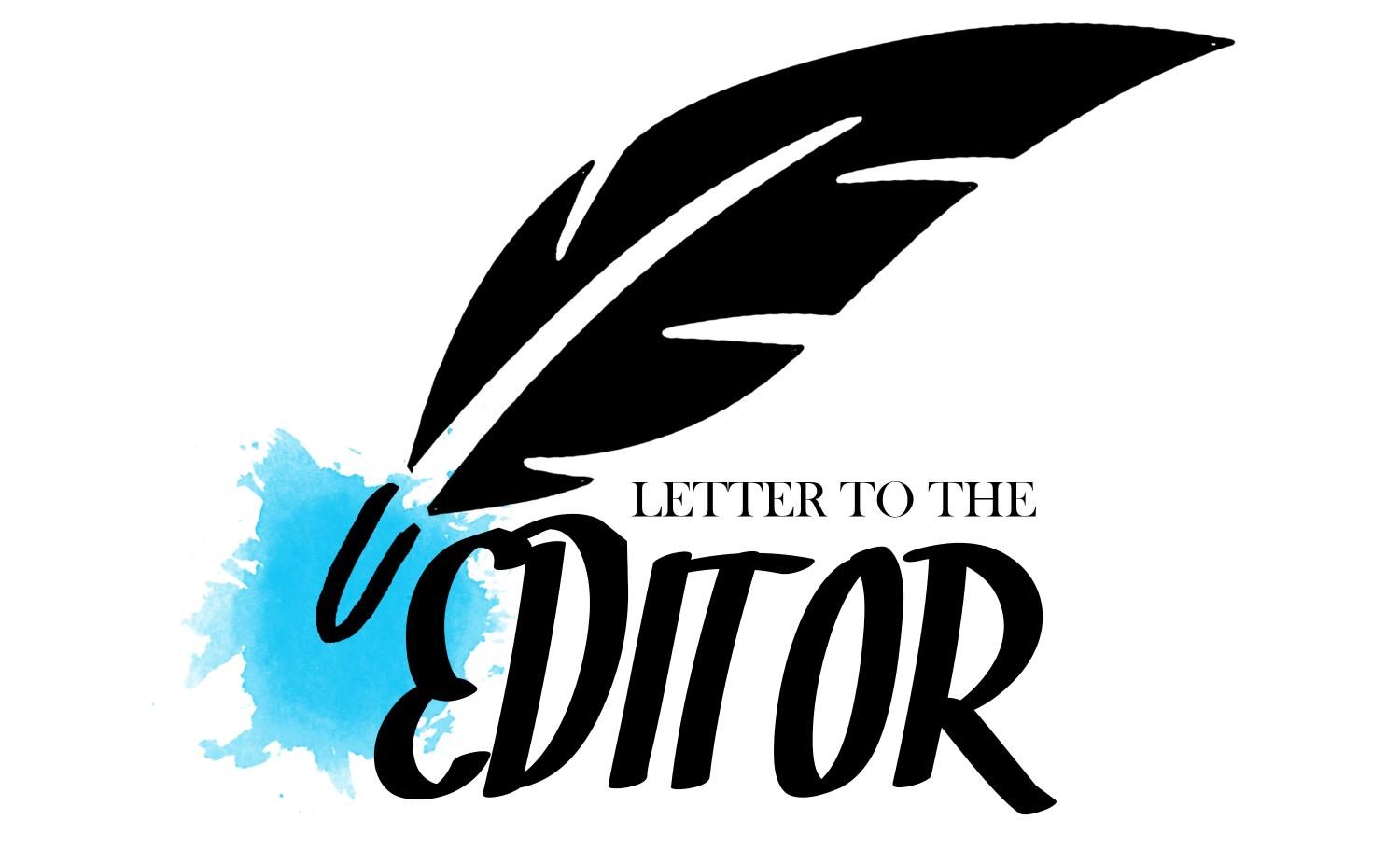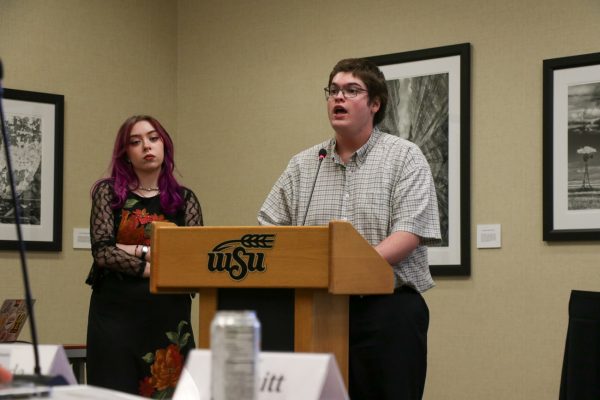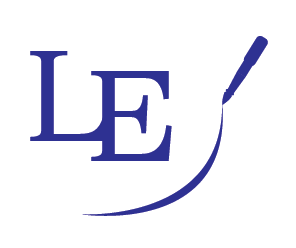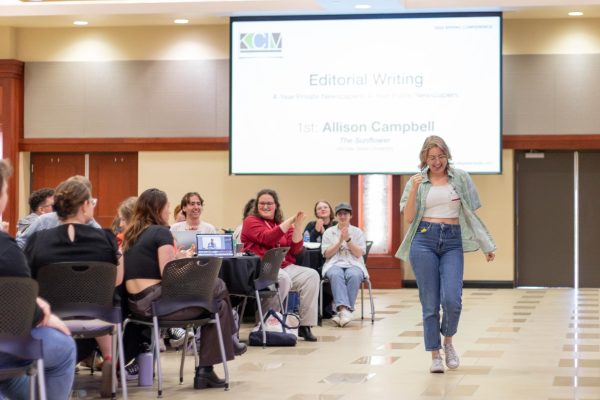Letter to the Editor — From the history department faculty
The faculty of the history department write to express our dismay at the decision to cut The Sunflower’s budget. The funding reduction represents both a threat to the independence of the newspaper and a basic misunderstanding of The Sunflower’s purpose at Wichita State University. Furthermore, the justifications for the funding cuts and President Bardo’s proposed solution are emblematic of a process antithetical to best university practices.
The Student Fee Committee’s recommendation for The Sunflower represents a $25,000 cut from this year and a nearly 50 percent reduction since the 2016 budget ($158,000 to $80,000). Any background for these recommendations must include administrative criticism of Sunflower reporting on activities related to the Innovation Campus and University practices. As reported by The Sunflower (“How threats to The Sunflower’s Funding have Closely Followed Coverage of the University, Innovation Campus”), this displeasure has included statements that should be considered threats to reporters and the paper. As historians, we are very aware of the importance of a free press and free speech to democracy, and we condemn any attempt to intimidate student reporters.
President Bardo’s solution is that the V.P. of Student Affairs Teri Hall spend up to $25,000 on Sunflower advertising to make up this shortfall. But this is no solution at all. Simply put, if the newspaper is reliant upon Administration dollars, then students will no longer be “the final authority over what is published” (Sunflower mission statement) and will become a university mouthpiece reliant upon their good will for funding. When The Sunflower references their independence, it is this autonomy which is being referred to which the administration does not seem to understand.
Further, President Bardo’s public statement (Statement from WSU President John Bardo about Student Fees and Sunflower Funding, 4-4-18) explaining his endorsement of the Student Fees Budget request misconstrues the issues at hand. He expressed concerns that The Sunflower will face difficulties that other newspapers like the Wichita Eagle have faced such as staff reductions and a curtailment of coverage — even while cutting its funding. More problematically, his concerns speak to a fundamental misunderstanding of The Sunflower and the role which student newspapers play at universities. Unlike the Eagle and other for-profit news sources, The Sunflower’s mission is to be a “timely resource of information about the Wichita State University community … and will be an effective learning experience for students;” a job it has done exceedingly well, as the recently received 40 awards from the Kansas Collegiate Media attests; more than peers at Kansas State University and the University of Kansas. The Sunflower provides applied learning experiences (a key component of the University’s strategic plan) by giving students hands-on roles as reporters, editors, photographers, opinion writers, and designers — skills they will retain whatever career path they choose.
Finally, the claim by administrators that declining advertising revenue has led to the funding cuts are disingenuous at best. As The Sunflower’s budget request showed, student fee allocations to the newspaper are in-line with what other university media sources receive in Kansas. Moreover, the relationship between advertising revenue and student fees contributions do not support the administration’s claims. In 2007, The Sunflower received $136,930 from advertising and $151,303 from student fees. In 2011, it received $81,307 from advertising and $153,000 from student fees. In 2016, it received $59,076.35 and $153,000. Across a decade, while advertising revenue has dropped (and correspondingly The Sunflower’s budget), nonetheless, student fees contributions have remained roughly the same: it is not declining advertising revenue this year which has led to funding cuts but administrative fiat. But more to the point: even if advertising revenue was a cause, the university funds countless projects that do not turn a profit because the purpose of a public university is not to make a profit but to invest in the future: our students.
The entire affair raises serious questions. If the cuts against the newspaper were not punitive, why was The Sunflower singled out for the largest cuts? An equitable solution would be to cut all student organizations by the same percentage. If the goal was to keep student fees low, why were student fees raised to pay for the YMCA? Why does Teri Hall have a large — and increasing — budget at a time of student fee reductions? Why was this “shrinkage account” (which is funding President Bardo’s advertising solution) not part of the budget discussion when allocating resources? In his public statement, President Bardo states that the funding of student newspapers is a “conversation that’s happening, or has already taken place, on many campuses.” Where is this discussion occurring? Why does it not include The Sunflower staff, the larger student body, and interested stakeholders from the University and Wichita community? Alumni and the community have spoken out repeatedly against the cuts to The Sunflower; why are they continuously ignored? The faculty senate unanimously passed a resolution in support of The Sunflower and a call to restore the newspaper’s funding. Why has the president’s office not responded to faculty concerns?
The administration keeps talking about transparency in university decision-making. The events surrounding The Sunflower funding cuts suggest that the university position is just that — talk. Meanwhile, yet another valuable resource at Wichita State University is endangered and its students are once again the victims.
Signed,
The History Department Faculty












